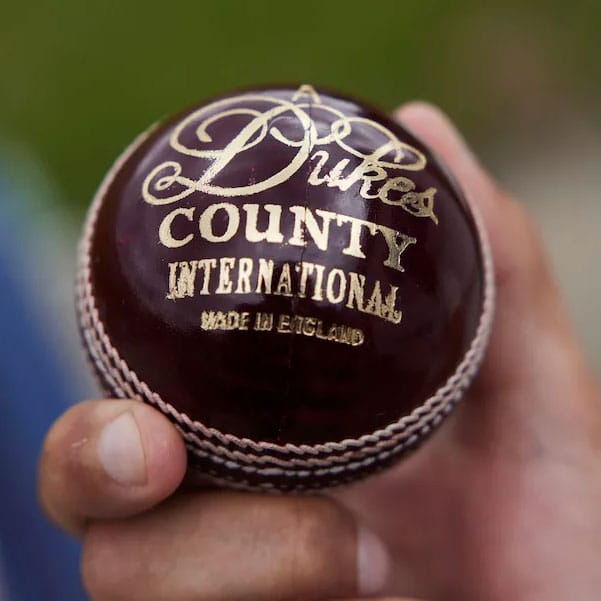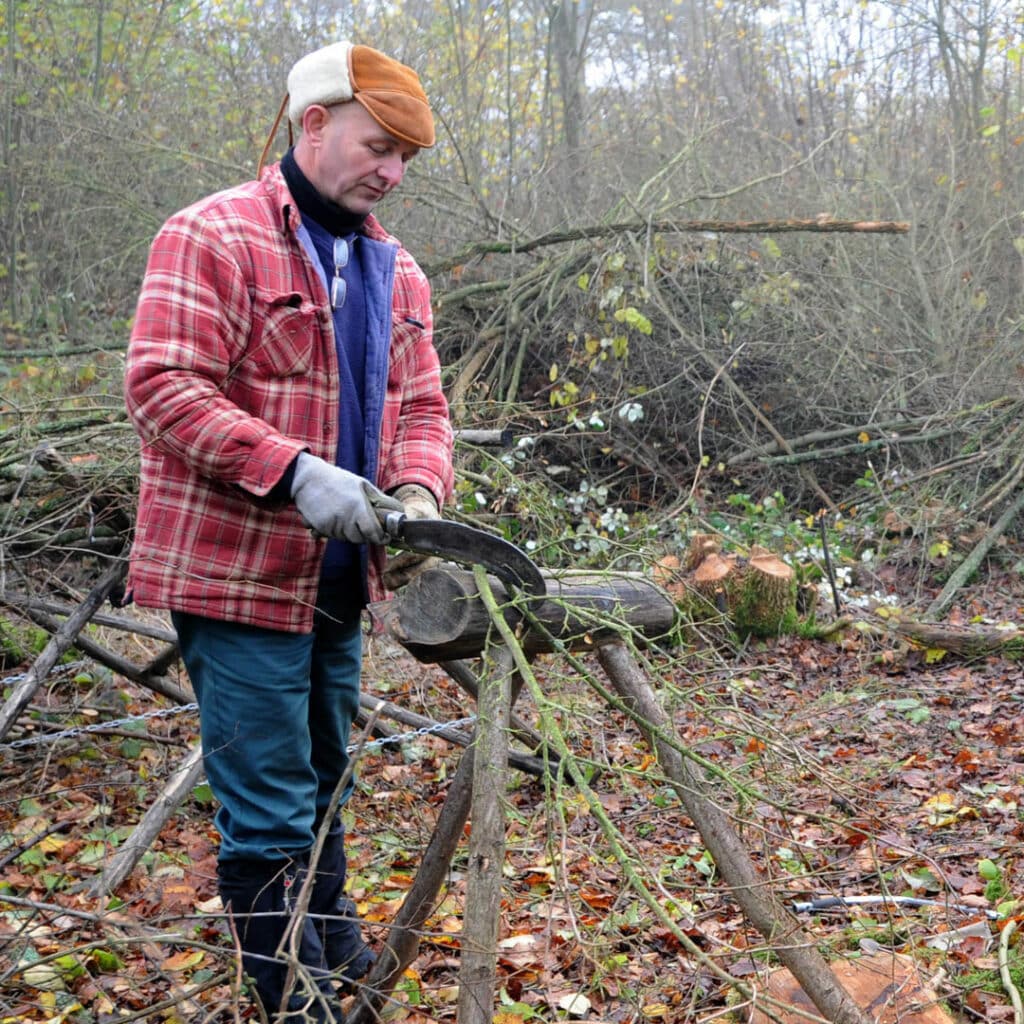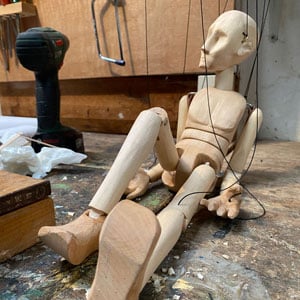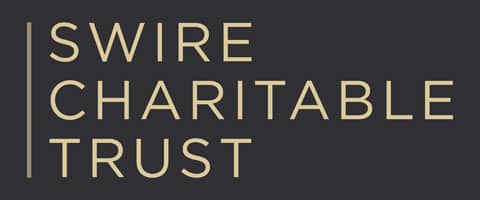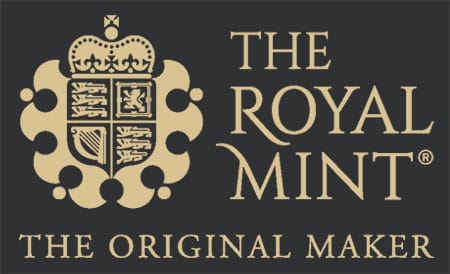Categories of risk
The Heritage Crafts Red List
Drawing on the conservation status system used by the International Union for Conservation of Nature Red List and the Rare Breeds Survival Trust Watchlist, Heritage Crafts uses a system of four categories of risk to assess the viability of heritage crafts. A heritage craft is considered to be viable if there are sufficient craftspeople to transmit the craft skills to the next generation.
Extinct in the UK
Crafts classified as ‘extirpated’ or ‘locally extinct’ are those which are no longer practised in the UK. For the purposes of this research, this category only includes crafts which have become extinct in the past generation.
Critically Endangered
Crafts classified as ‘critically endangered’ are those at serious risk of no longer being practised in the UK. They may include crafts with a shrinking base of craftspeople, crafts with limited training opportunities, crafts with low financial viability, or crafts where there is no mechanism to pass on the skills and knowledge.
Endangered
Crafts classified as ‘endangered’ are those which currently have sufficient craftspeople to transmit the craft skills to the next generation, but for which there are serious concerns about their ongoing viability. This may include crafts with a shrinking market share, an ageing demographic or crafts with a declining number of practitioners.
Currently Viable Crafts
Crafts classified as ‘currently viable’ are those which are in a healthy state and have sufficient craftspeople to transmit the craft skills to the next generation. They may include crafts with a large market share, widely popular crafts, or crafts with a strong local presence. A classification of ‘currently viable’ does not mean that the craft is risk-free or without issues affecting its future sustainability/viability.
Craft inspiration direct to your inbox
Become a Heritage Crafts Fan and receive a free monthly newsletter about craft announcements, events and opportunities.
Subscribe
This week`s #craftfocus is bookbinding.
Bookbinding is the assembling and fixing of the loose leaves of a book between a cover, either by gluing or stitching.
Techniques have altered throughout the centuries. The differentiation in materials, binding technique and style of the book may help make it possible to trace the date and origin of the book. Perfect binding was introduced to bookbinding in 1931: a form of binding books with glue instead of sewing.
Cold glues were first used in perfect binding until a ‘hot-melt adhesive’ was used to bind books, making the binding last longer than cold glue binding.
Binding systems excelled after the Second World War. Spiral binding had been in evidence since the 1920s, but it was not until later that this technique became an important part of office stationary.
While bookbinding is currently listed as viable on our list of crafts, threats to the practice include a lack of training facilities in the UK and the pulling of bookbinding courses at universities and colleges.
Those students in the UK who wish to become professionals have to pursue their training through short courses. Apprenticeships, traineeships and internships are few and far between.
Images: @boundbyhand
#heritagecrafts #craftfocus #bookbinding

If you are a weaver aged 25 and under who has done something to be proud of in the last 12 months, please consider applying for this year’s Young Weaver of the Year Award, a partnership between Heritage Crafts and @roseuniacke. Or if you know another young person who might deserve the award, why not nominate them?
There is a £1,000 prize for the winning entry to be presented at a high-profile Winners’ Reception in November.
To apply, complete the nomination form via the linktr.ee in our bio before the deadline of 5pm on Friday 6 September 2024.
📷 2023 winner @larapaintextiles

#membermoment #Repost @guernseywillowbaskets with @use.repost
・・・
This week… meeting Their Majesties The King and Queen in Guernsey 🇬🇬
On Tuesday, my family and I had the wonderful opportunity to celebrate Guernsey’s heritage and traditions, with a visit from Their Majesties The King and Queen.
My Dad @gaudionmax was super-proud that his family had been invited to demonstrate crab pot and fishing basket making for the King and Queen, and the opportunity to show how this endangered craft is being continued by his family.
The King spoke to each of us (and to Dad for quite a while!) about our local heritage and the craft of making willow crab pots and fishing baskets. He was very interested and he encouraged my family to continue making and keep this heritage craft going. He then addressed the nearby crowd asking if they all owned a Guernsey basket!
What a wonderful opportunity to celebrate the island’s unique traditions, with a visit from the King and Queen.
My niece, Phoebe, was also invited to present The Queen with a posy of @jamblinflowerfarm flowers and a Petit Ponier (made by me!).
@lasocieteg, @letricoteur guernsey jumpers (as modelled by Phoebe), @guernsey.ice_cream and @rocquettecider were amongst the other participants on The Crown Pier meeting Their Majesties. My brother @timgaudionartist also displayed one of his amazing local paintings.
It was really nice to hear The King mention that he is Patron of @heritagecrafts. His enthusiasm for our willow craft was evident. 🙌
#royalvisit #kingcharlesiii #queencamilla #guernsey #guernseywillowbaskets #heritagecrafts #royalfamily #kingandqueen

If you are a building craftsperson or conservator aged 25 and under who has done something to be proud of in the last 12 months, please consider applying for the inaugural Young Building Craftsperson of the Year Award, a partnership between Heritage Crafts and @englishheritage.
Examples of eligible crafts include, but are not limited to, timber framing, stonemasonry, gauged brickwork, heritage tiling and many others.
Or if you know another young person who might deserve the award, why not nominate them? There is a £1,000 prize for the winning entry to be presented at a high-profile Winners’ Reception in November.
To apply, complete the nomination form via the linktr.ee in our bio before the deadline of 5pm on Friday 6 September 2024.
📷 2023 training bursary recipient @llechen_lan

Our #mondaymaker Ali Holloway is a hand weaver with over 35 years of experience. She makes one off woven pieces for exhibition or for commission. These are often generated from walks through particular landscapes exploring the traces left by human habitation on a particular terrain and also reflecting on the relationship between her body and these landscapes. Using mainly plant dyed yarns and natural fibres she strives to make pieces that are always exploring the possibilities of the craft and at the same time honouring its history and long traditions.
Dying is integral to her process and as well as space dying the yarn she uses she also will submerge an entire cone of yarn in a dye bath so that as this yarn is woven the colour gradually leeches out. As well as making her own work Ali also teaches weaving classes from her studio, in schools and other community venues.
Ali’s profile can be found on our maker’s directory: https://www.heritagecrafts.org.uk/maker/ali-holloway/
#heritagecrafts #mondaymaker #craft #weaver #weaving

If you are an upholsterer aged 25 and under who has done something to be proud of in the last 12 months, please consider applying for this year’s Young Upholsterer of the Year Award, a partnership between Heritage Crafts and @sonnaz_. Or if you know another young person who might deserve the award, why not nominate them?
There is a £1,000 prize for the winning entry to be presented at a high-profile Winners’ Reception in November.
To apply, complete the nomination form via the linktr.ee in our bio before the deadline of 5pm on Friday 6 September 2024.

This week`s #craftfocus is button making.
Needlework techniques are the most common method for making this type of button. Threads are wrapped, wrapped and woven, or stitched to create the many varied designs. The yarn is repeatedly bound over a disc or a ring. The process follows casting, slicking, laying and rounding.
Button making is currently listed as viable on our list of crafts. However, threats to the longevity of the craft include a lack of awareness, market issues, a dilution of skills and no universal standard for button making.
#heritagecrafts #craftfocus #buttonmaking

If you are a traditional woodworker aged 25 and under who has done something to be proud of in the last 12 months, please consider applying for this year’s Young Woodworker of the Year Award, a partnership between Heritage Crafts and @axminstertools. Or if you know another young person who might deserve the award, why not nominate them?
There is a £1,000 prize for the winning entry to be presented at a high-profile Winners’ Reception in November. Plus, we will also award an @axminstertools Woodworker of the Year Award, chosen from nominees of any age, with a prize of £2,000.
To apply, complete the nomination form via the linktr.ee in our bio before the deadline of 5pm on Friday 6 September 2024.
📷 2023 winner Harry Morris @htmorrisfurniture


